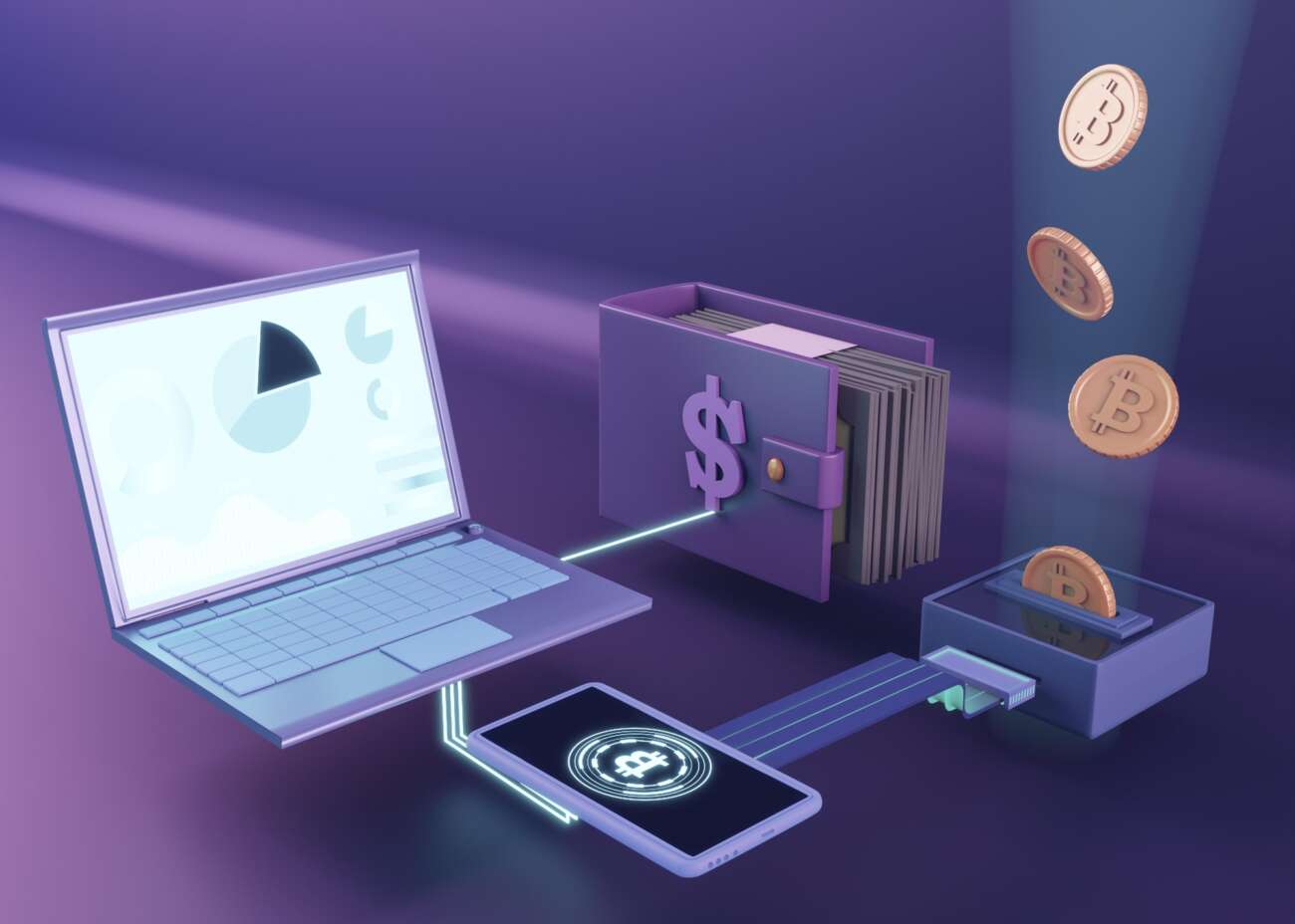What is Mining in Crypto? A Beginner’s Guide to Digital Gold
Introduction
Cryptocurrency mining plays a crucial role in keeping blockchain networks secure and decentralized. But what is mining in crypto, and how does it work? Whether you’re new to blockchain technology or looking to explore crypto mining as an investment, understanding the process is key.
In this guide, we’ll break down what is mining in crypto, how it works, and the opportunities and risks involved.
1. What is Mining in Crypto?
At its core, crypto mining is the process of verifying and adding transactions to a blockchain ledger. Miners use powerful computers to solve complex mathematical puzzles, securing the network and earning rewards in cryptocurrency.
Popular cryptocurrencies that rely on mining include:
- Bitcoin (BTC) – The original and most well-known mined cryptocurrency.
- Ethereum Classic (ETC) – Since Ethereum moved to Proof of Stake (PoS), its classic version still uses mining.
- Litecoin (LTC) – A faster, lighter version of Bitcoin with its own mining process.
The question “what is mining in crypto” has become even more relevant as the industry evolves with new technologies.
2. How Does Crypto Mining Work?
Mining involves three key steps:
- Solving Complex Puzzles – Miners compete to solve cryptographic equations, verifying transactions.
- Adding Blocks to the Blockchain – Once verified, the transaction gets added to a new “block.”
- Earning Rewards – The first miner to solve the puzzle receives newly minted coins as a reward.
This process, known as Proof of Work (PoW), requires immense computational power. That’s why crypto miners invest in high-performance ASICs (Application-Specific Integrated Circuits) or GPU mining rigs.
3. Is Crypto Mining Still Profitable?
The profitability of crypto mining depends on several factors:
- Electricity Costs – High power consumption makes location a key factor in mining profits.
- Mining Hardware – ASICs are more efficient than traditional GPUs.
- Market Price of Cryptocurrency – If crypto prices rise, mining becomes more profitable.
- Network Difficulty – More miners mean higher competition and lower individual rewards.
For those wondering what is mining in crypto, it’s essential to understand that while it can be profitable, it also comes with risks like fluctuating electricity costs and changing regulations.
4. Types of Crypto Mining
1. Bitcoin Mining
Bitcoin mining is the most popular, requiring specialized hardware like Bitmain Antminer or Whatsminer.
2. GPU Mining
Used for altcoins like Ravencoin and Ethereum Classic, GPU mining is more accessible but less profitable for Bitcoin.
3. Cloud Mining
Instead of buying expensive hardware, cloud mining allows users to rent mining power from remote data centers.
4. Staking vs. Mining
With Ethereum switching to Proof of Stake (PoS), some cryptocurrencies now allow users to stake coins instead of mining. Staking is energy-efficient but requires holding large amounts of cryptocurrency.
5. Environmental Concerns & Green Mining
A major criticism of crypto mining is its environmental impact. Bitcoin mining alone consumes more electricity than some countries. However, green mining solutions are emerging, such as:
- Hydropower mining farms
- Solar-powered crypto mining
- Countries using geothermal energy like Iceland
Many ask, what is mining in crypto and how can it become sustainable? The industry is shifting toward energy-efficient solutions to reduce carbon footprints.
Final Thoughts
So, what is mining in crypto? It’s the backbone of many blockchain networks, enabling secure and decentralized transactions. Whether you’re interested in mining for profit or just learning how blockchain works, understanding crypto mining is essential in today’s digital economy.
As the industry evolves, miners must adapt to new technologies and regulations, ensuring they stay ahead in this ever-changing landscape.








Leave a Comment